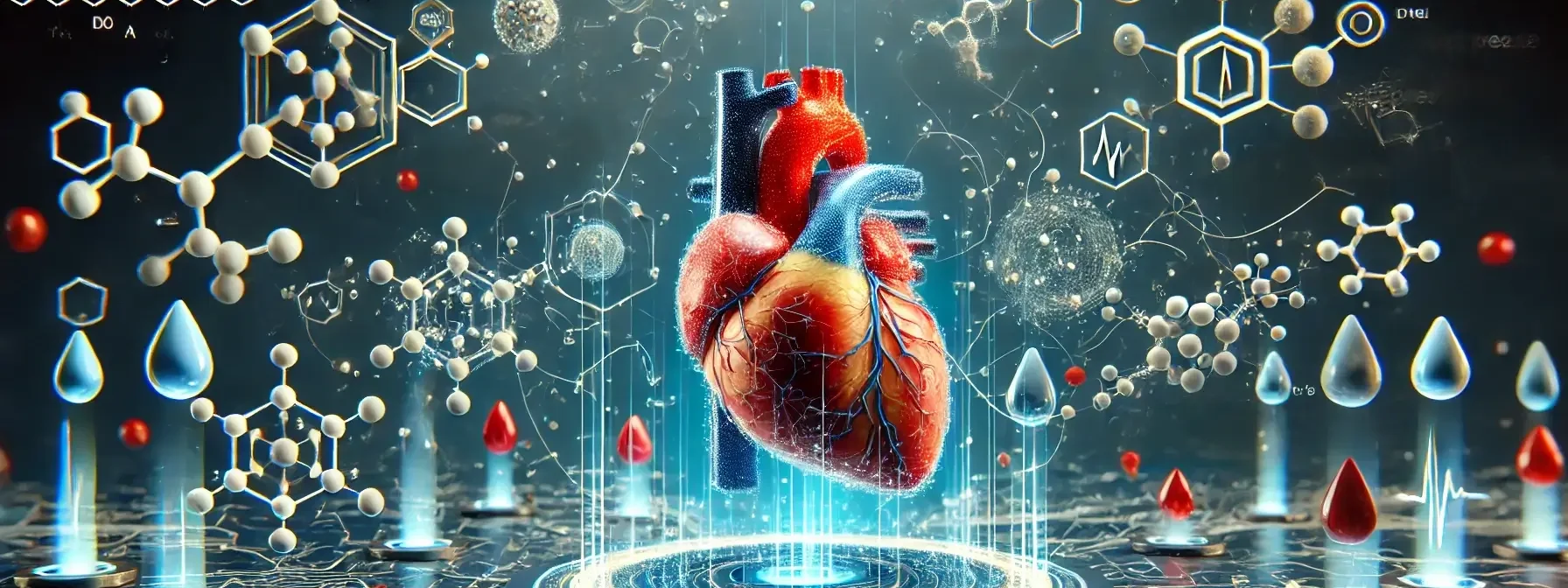- The cardiovascular system, also known as the circulatory system, is a complex network consisting of the heart, blood vessels, and blood. Its primary function is to transport oxygen, nutrients, hormones, and waste products throughout the body, maintain body temperature, and help fight infections.
- The cardiovascular system plays a vital role in maintaining homeostasis and overall health.
Components of the Cardiovascular System
1) Heart
- The heart is a muscular, four-chambered organ that acts as a pump, responsible for circulating blood throughout the body.
- The four chambers of the heart are:
- Right Atrium
- Right Ventricle
- Left Atrium
- Left Ventricle
- The heart’s contraction (systole) and relaxation (diastole) generate blood pressure, which propels blood through the blood vessels.
2) Blood Vessels
- Blood vessels are a network of tubes that transport blood throughout the body. There are three main types of blood vessels:
Arteries
- Arteries carry oxygen-rich blood away from the heart to the body’s tissues and organs.
- The largest artery, the aorta, originates from the left ventricle and branches into smaller arteries that supply various parts of the body.
Advertisements
Veins
- Veins return oxygen-poor blood from the body’s tissues and organs back to the heart.
- Veins contain valves that prevent the backflow of blood.
- The largest veins, the superior and inferior vena cava, deliver blood to the right atrium of the heart.
Capillaries
- Capillaries are the smallest blood vessels, connecting arteries to veins.
- Their thin walls facilitate the exchange of oxygen, nutrients, and waste products between the blood and the body’s cells.
3) Blood
- Blood is a fluid connective tissue that transports oxygen, nutrients, hormones, and waste products. It consists of:
Plasma:
- The liquid component of blood.
Blood Cells:
- These include:
- Red Blood Cells (Erythrocytes)
- Red blood cells contain hemoglobin, a protein that binds to oxygen and enables the transport of oxygen from the lungs to the body’s tissues and organs.
- White Blood Cells (Leukocytes)
- White blood cells are part of the immune system and help protect the body against infections and diseases.
- Platelets (Thrombocytes)
- Platelets are involved in blood clotting, helping to prevent excessive bleeding and promote wound healing.
Advertisements

